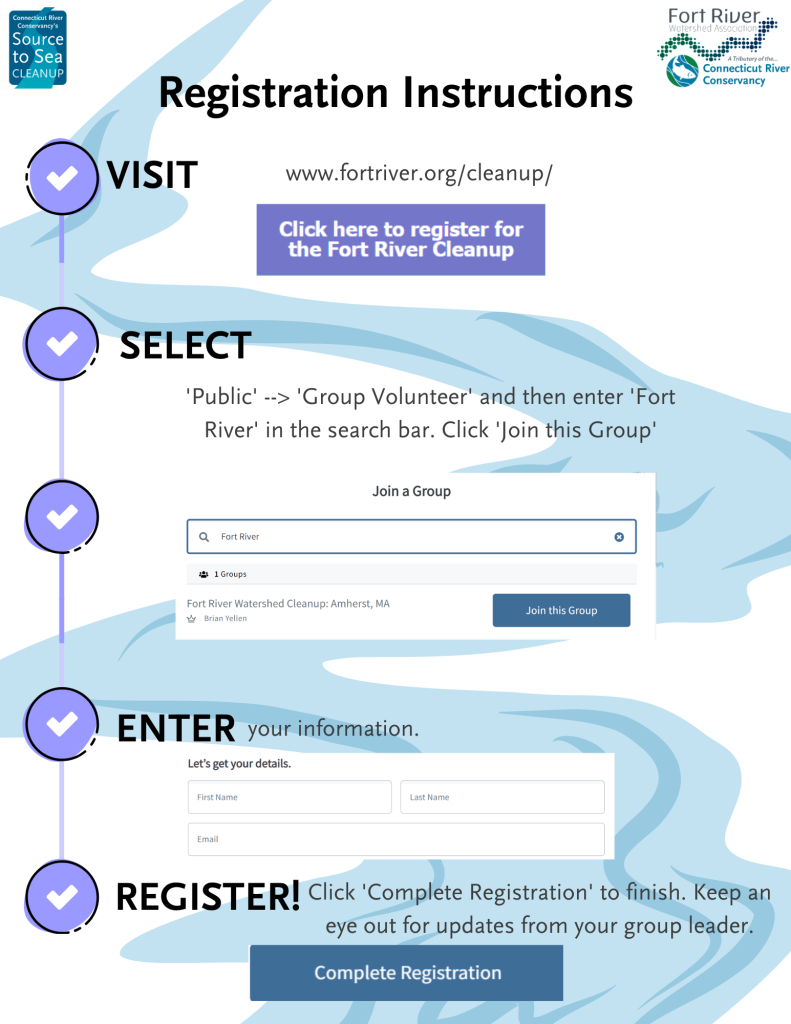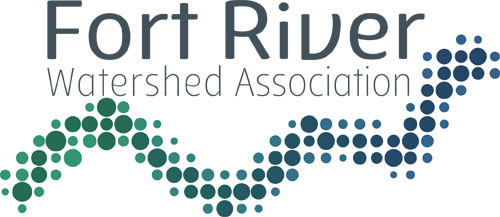Cleaning the Fort River watershed = cleaning the Fort River
September 23, 2023 at Groff Park. 83 Mill Lane, Amherst (google map link)
Coffee and snacks at 9:30 am. Cleanup begins at 10 am sharp.
- Coffee and Snacks at 9:30 am at Groff Park
- We will dispatch folks to sites that we have scouted depending on safety and access ability
- Bring a trash bucket to cut down on the number of garbage bags we use
- All volunteers will be required to register for this year’s cleanup and each participant will need to complete a registration form – including kids. This step is particularly important this year, as it offers us the information we need to contact all volunteers in case of a change or emergency before or after the event. Registration can be completed online – please be sure to select ‘Fort River Cleanup’! For volunteers without online access, paper registration forms will be available on site at the cleanup.

